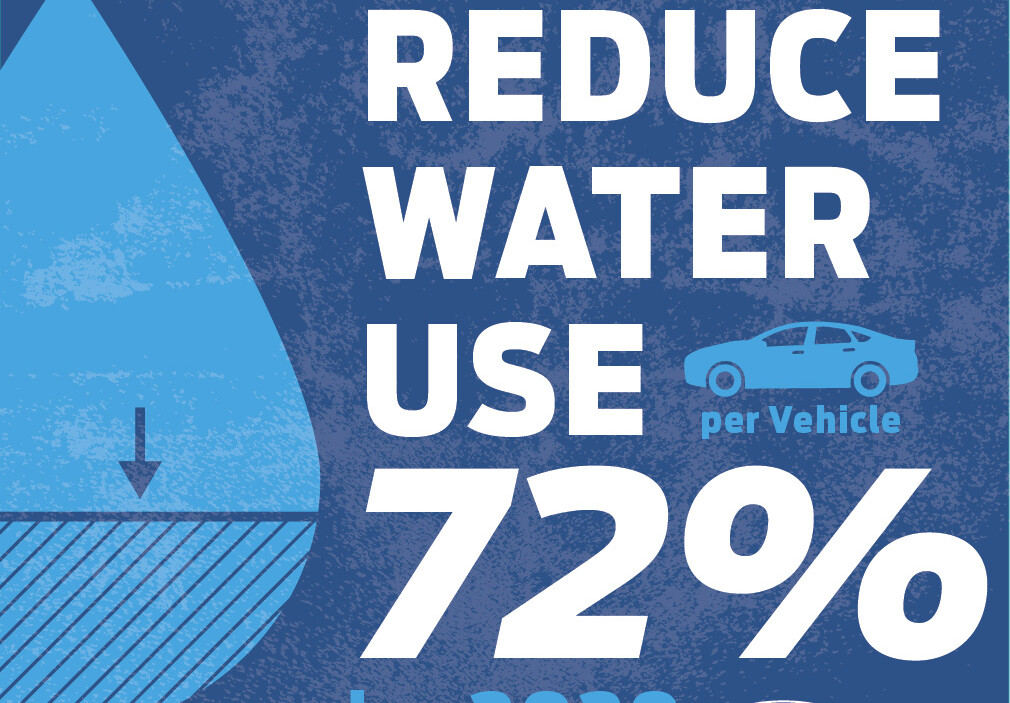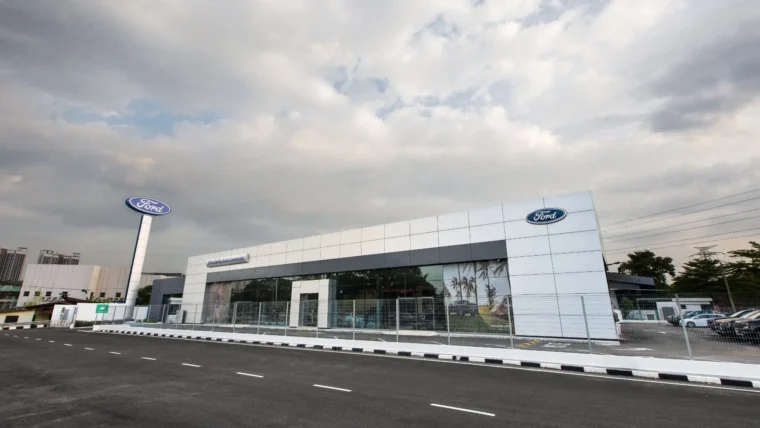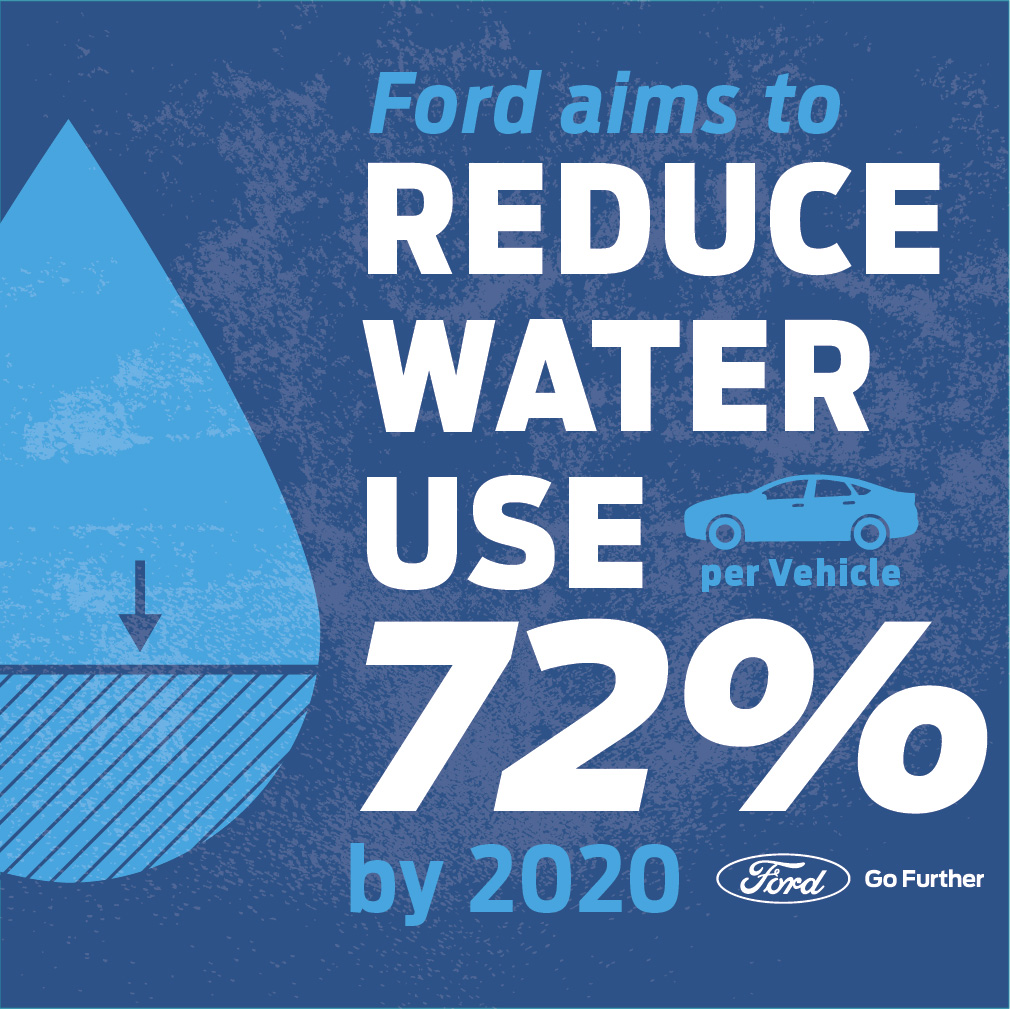
Ford is aiming to reduce its use of water by nearly three-fourths as it takes its next step toward using zero potable (drinking) water for all vehicle manufacturing globally.
By 2020, Ford aspires to have reduced its water usage per vehicle by 72%. In layman’s terms, that roughly means for every 1 gallon of water Ford used in manufacturing in 2000, it aims to use about 1-litre by 2020.
“With many of our plants located in water-stressed regions around the globe, we’re focused on responsible water stewardship in our operations,” says Bruce Hettle, Group Vice President, Global Manufacturing & Labor Affairs. “We aim to ensure a stable water supply for our facilities, while working with local communities to help ensure their needs are met.”
Of all the water on the planet, less than 1% is available for human use – according to WaterSense, an EPA partnership programme. The agency says the remaining 99% is salt water in oceans, fresh water frozen in polar ice caps, or water inaccessible for practical use.
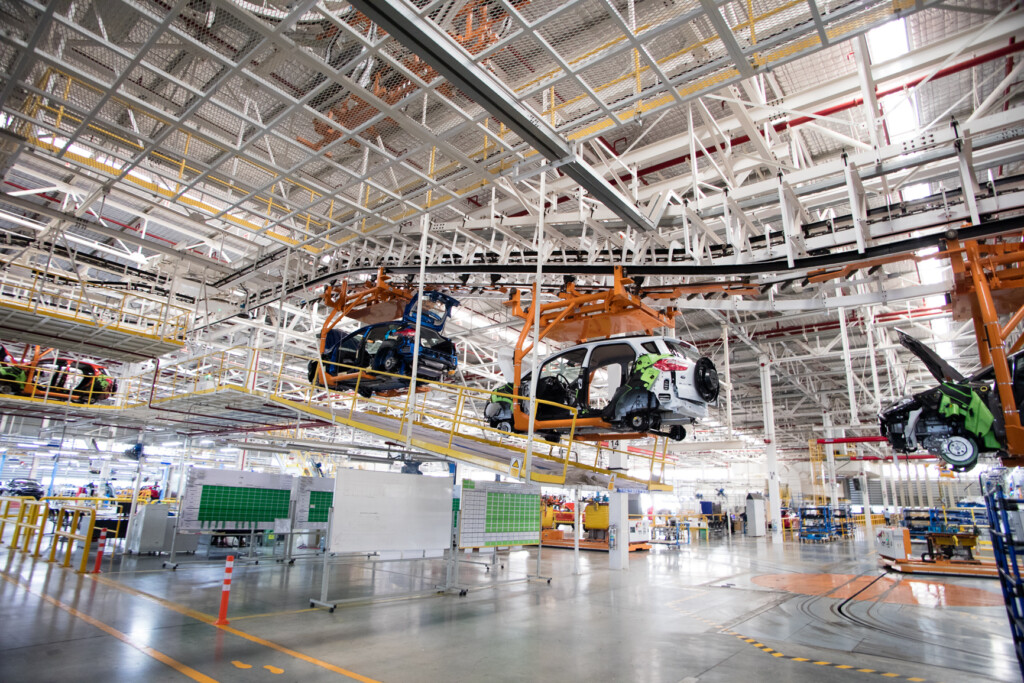
Ford has saved 10 billion gallons of water (or nearly 38 million m3) from 2000 to 2015, a decrease of 61% – enough to fill over 15,000 competition-sized swimming pools. By achieving that feat in 2013, Ford beat its own water reduction target by 2 years.
In the Asia Pacific region, Ford used 40% less water per vehicle produced in 2015, compared with 2009. The region has achieved this by implementing new technologies such as its three-wet paint process and minimum quantity lubrication – saving hundreds of thousands of gallons of water per year.
In China, Ford’s assembly plants in Chongqing reused around 270,000 m3 of water in 2015 alone, while local partner Changan Ford’s Hangzhou facility reused over 40,000m3 of water.
In India, Ford’s assembly plants in Sanand and Chennai achieved zero liquid discharge. Chennai further stretched their water saving efforts in 2015 by harvesting rainwater and utilising it for operations, and is continuing to expand on this in 2016.
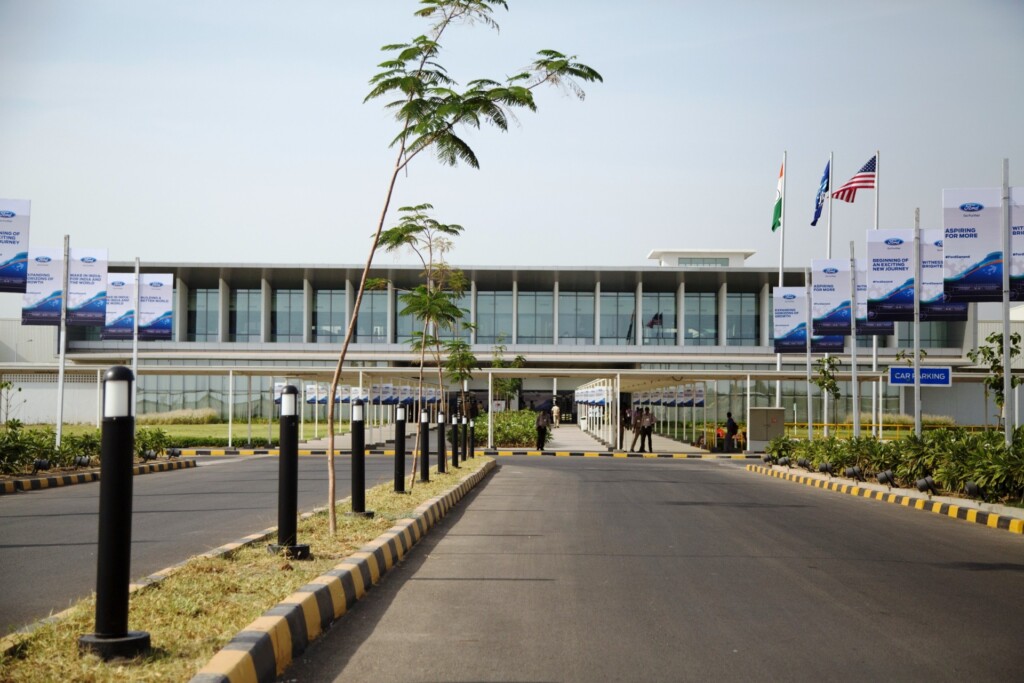
In Thailand, both Ford Thailand Manufacturing and the company’s joint-venture Auto Alliance (Thailand) (AAT) implement comprehensive water recycling and management strategies, while AAT has also optimised their cooling tower operations and phosphate rinse process, enabling savings of more than 9,000 m3 of water per year.
“We recognise water is a critical resource, so we established an aggressive 2020 target, building on our successful reduction efforts to date,” says Andrew Hobbs, Director, Environmental Quality Office. “We are exploring innovative ways to reduce our footprint, starting with our aspirational goal of zero potable water use in our manufacturing processes. From there, we have a final goal of zero water withdrawal for our manufacturing processes.”
Globally, Ford will continue to roll out real-time water metering using innovative technologies to aggressively manage water use. The company also conducts ongoing water assessments to determine where new water-saving processes can be implemented.
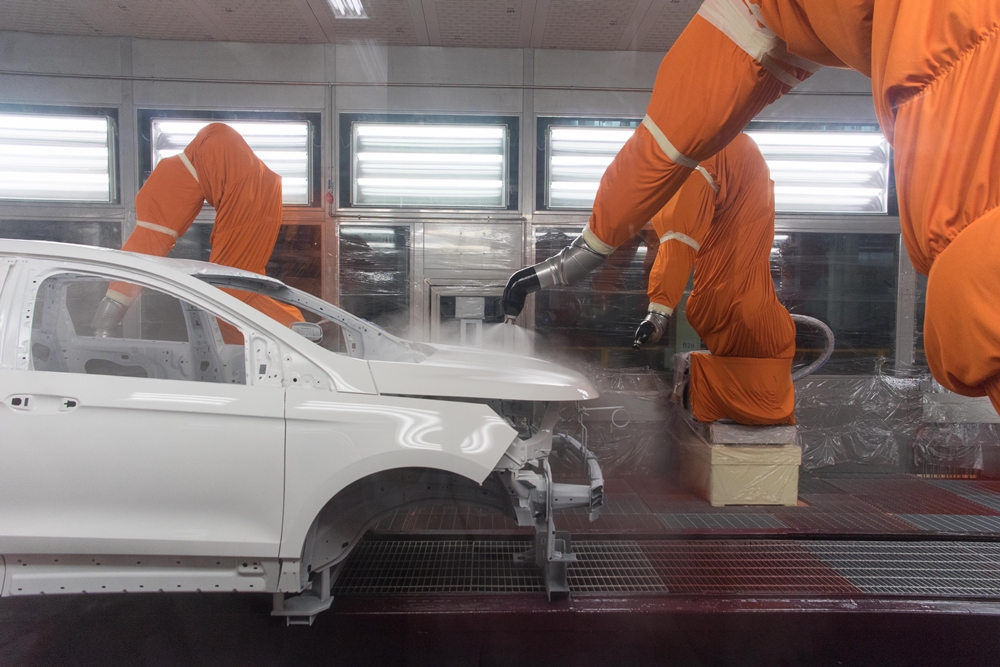
Ford set out to reduce water use in 2000 with its Global Water Management Initiative. The company’s strategy aligns with core elements of the CEO Water Mandate, a private-public initiative launched by the UN Secretary General in 2007 and adopted by Ford in 2014.
“Ford recognises the human right to water,” says Kim Pittel, Vice President, Sustainability, Environment, & Safety Engineering. “Setting an aspirational goal of zero water withdrawal for its manufacturing processes and endorsing the CEO Water Mandate are all public demonstrations of this. We’ve not only moved to reduce water in our own facilities, but we are now sharing our leading practices for decreasing water use with our suppliers, and multiplying our impact.”
Ford is 1 of 8 companies to earn an “A” rating for its actions to conserve water by CDP, the world’s only global environmental disclosure agency. On top of that, the automaker is the only North American company to earn the agency’s highest honour for corporate water stewardship.
Other posts by AF Newsdesk

